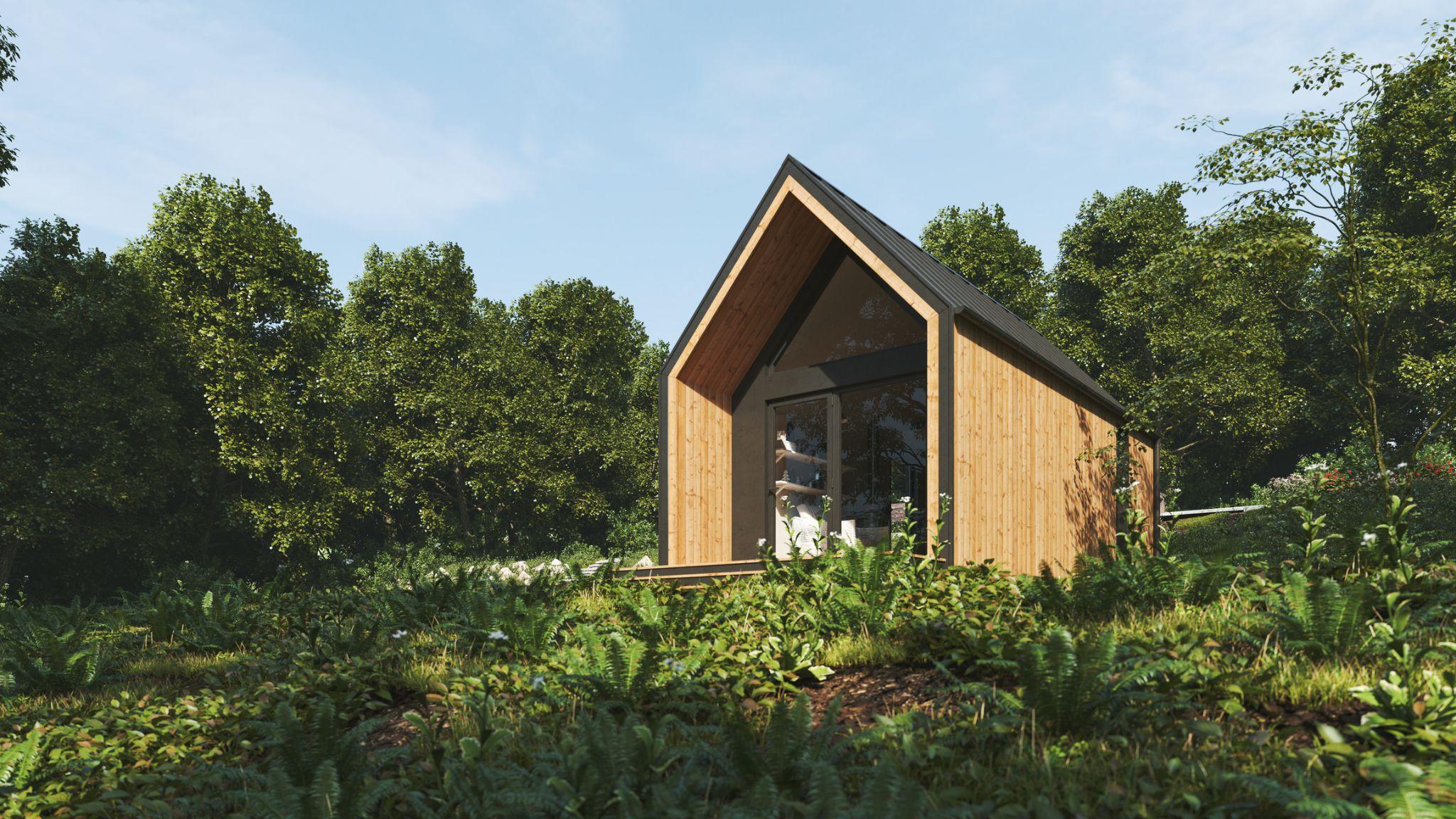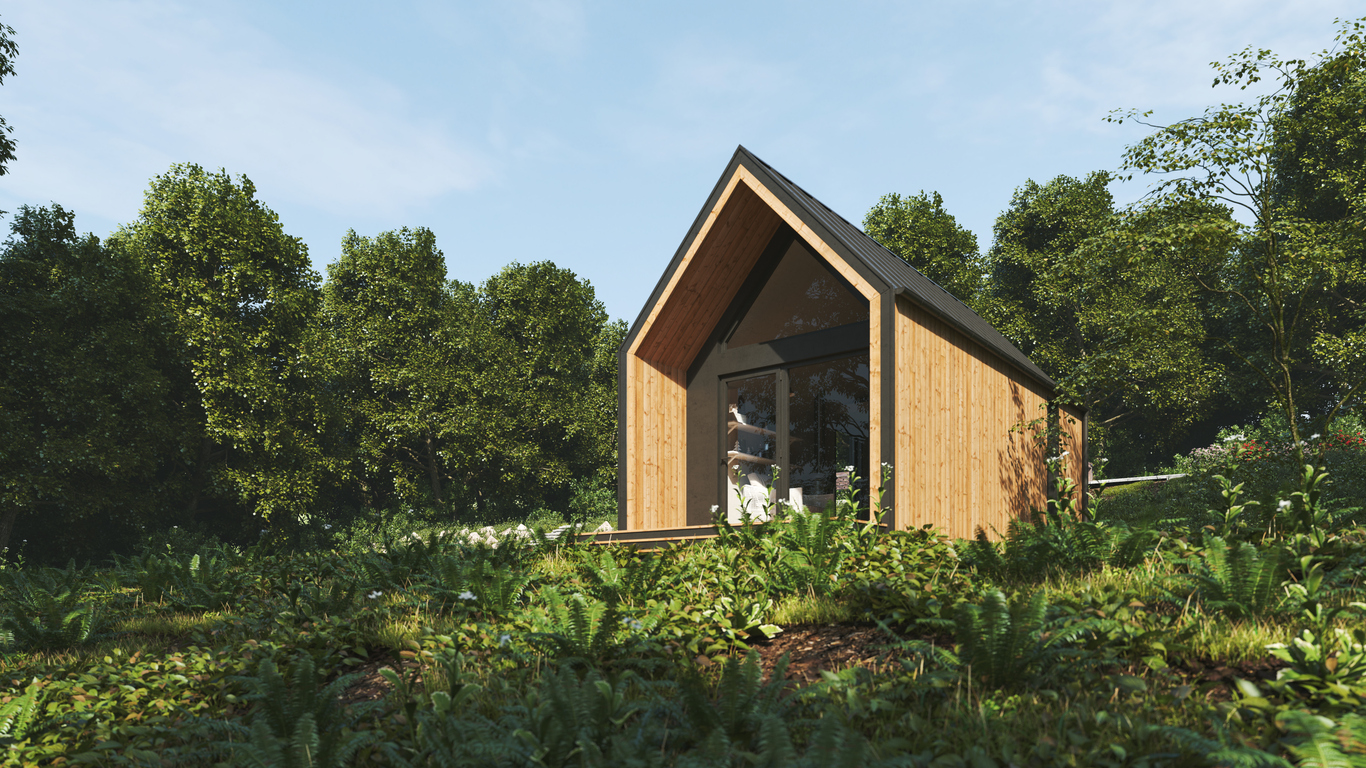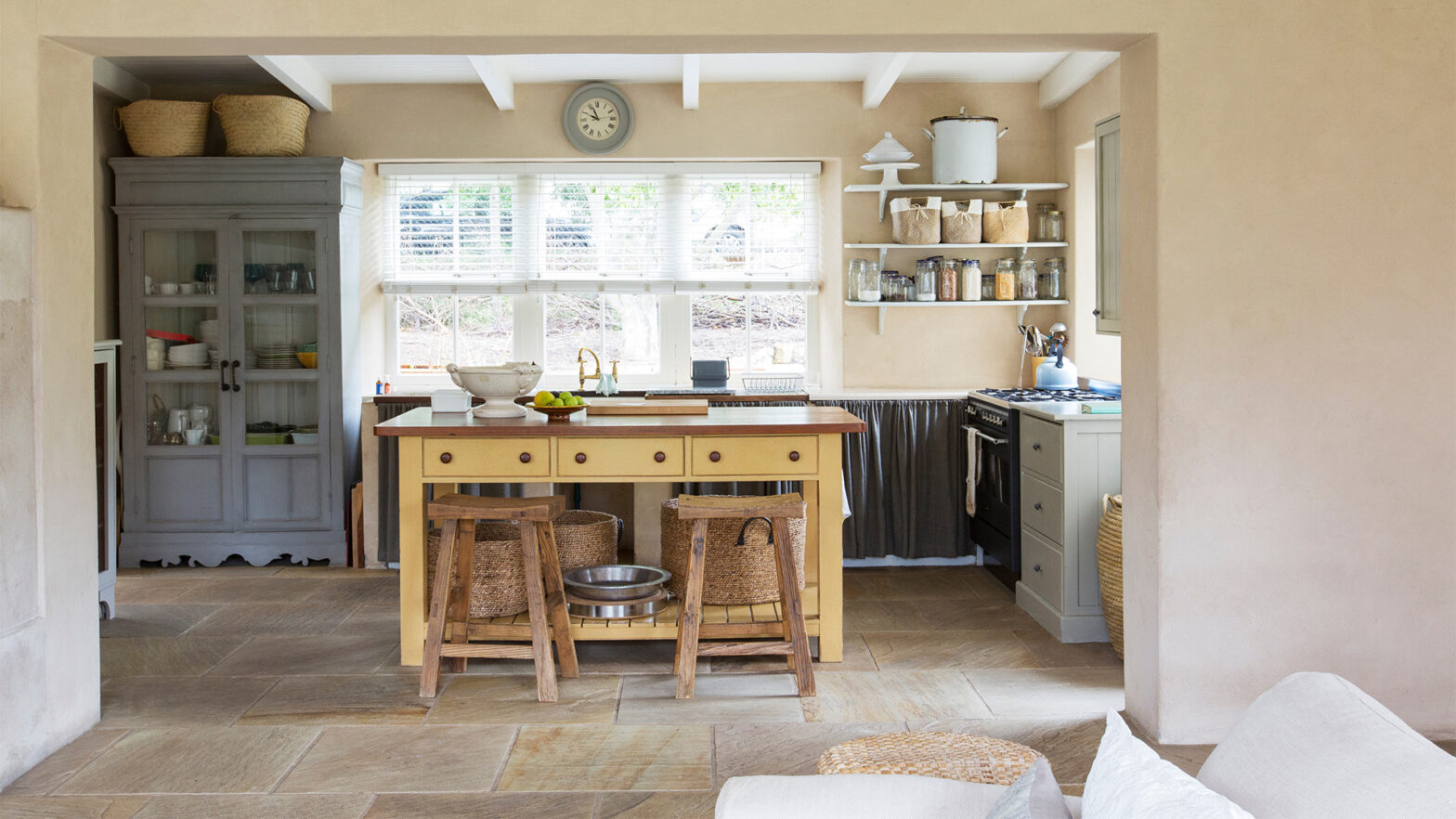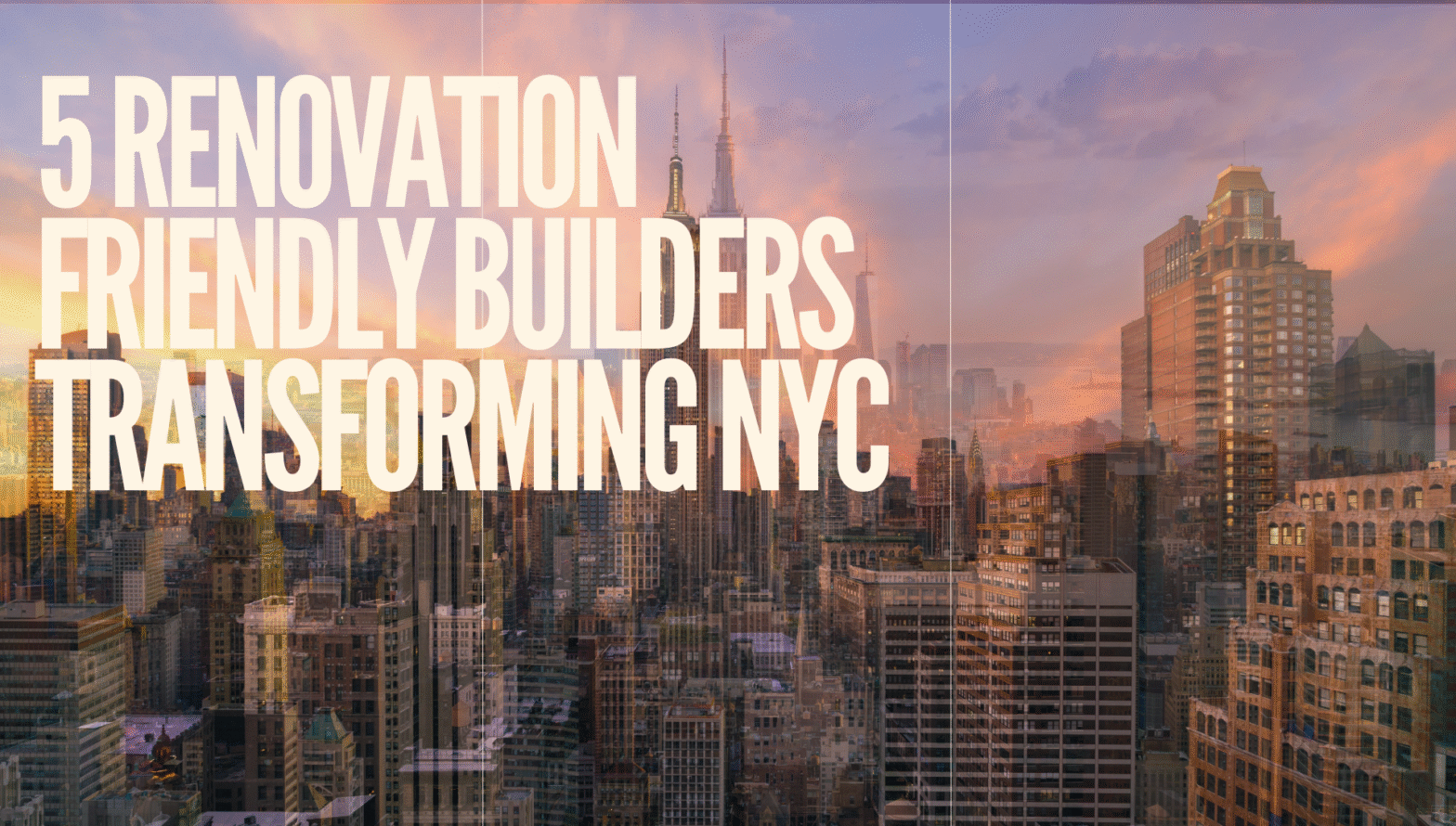
Sustainable construction is all about making smarter choices when we build or renovate our homes. With climate change and environmental concerns becoming more pressing, the way we approach construction has to evolve. But sustainable construction isn’t just about doing what’s right for the planet; it’s also about creating healthier, more efficient spaces for ourselves and future generations.
What Does Sustainable Construction Really Mean?
Sustainable construction is about designing, building, and maintaining structures in ways that minimize their environmental impact. This involves considering everything from the materials we use to the energy efficiency of the building. It’s not just about building something that looks good today but creating structures that will stand the test of time, both in durability and in how they affect the environment.
For instance, choosing locally sourced and recycled materials reduces the carbon footprint associated with transporting materials over long distances. It also supports local economies and can add unique, regional character to a home. Materials like reclaimed wood, recycled metal, and even sustainable concrete options are becoming more popular as people seek to reduce the environmental impact of their construction projects.
Energy Efficiency: A Cornerstone of Sustainability
One of the most significant aspects of sustainable construction is energy efficiency. A well-insulated, airtight building with energy-efficient windows and doors can drastically reduce the amount of energy needed to heat and cool a home. This not only lowers utility bills but also reduces the home’s carbon footprint.
Incorporating renewable energy sources, like solar panels or geothermal systems, is another great way to boost a building’s sustainability. These systems can provide clean, renewable energy that significantly cuts down on the reliance on fossil fuels. Additionally, integrating smart home technologies, such as automated lighting and heating systems, can further reduce energy use by ensuring that power is only used when and where it’s needed.
Embracing Green Building Certifications
Green building certifications, like LEED (Leadership in Energy and Environmental Design) or Passivhaus, are standards that measure a building’s sustainability. Achieving these certifications involves meeting strict criteria related to energy efficiency, water use, materials, and indoor environmental quality.
While meeting these standards might seem like a lot of work, the benefits are substantial. Certified buildings often have higher property values, lower operating costs, and healthier indoor environments. They also contribute less to greenhouse gas emissions, helping to combat climate change.
Rethinking Heating and Cooling: From Boilers to Heat Pumps
Traditional heating systems, like gas boilers, are often energy-intensive and contribute to carbon emissions. As part of a sustainable construction approach, many homeowners and builders are looking for greener alternatives. One of the most effective solutions is to replace boilers with heat pumps.
Heat pumps are an energy-efficient alternative to traditional heating systems. They work by transferring heat from the air, ground, or water outside into the home rather than generating heat through burning fossil fuels. This process uses significantly less energy and can reduce a home’s carbon emissions by up to 60%. In addition to being eco-friendly, heat pumps can also be used for cooling in the summer, making them a versatile choice for any climate.
Switching to a heat pump is a great way to make a home more sustainable. They can be integrated into both new builds and existing homes, making them a flexible option for anyone looking to reduce their environmental impact. While the initial cost of installing a heat pump may be higher than a traditional boiler, the long-term savings on energy bills and the reduction in carbon footprint make it a worthwhile investment.
Water Conservation: An Often Overlooked Aspect
Water is a precious resource, and sustainable construction considers how to use it wisely. This means designing buildings that reduce water waste, like installing low-flow fixtures, dual-flush toilets, and even greywater recycling systems that reuse water from sinks and showers for irrigation or flushing toilets.
Incorporating rainwater harvesting systems is another excellent way to reduce a building’s water footprint. These systems collect and store rainwater for later use, which can be particularly beneficial in areas prone to drought or with limited water resources.
The Benefits of Sustainable Construction
While sustainable construction might require a bit more planning and investment upfront, the benefits are well worth it. Not only does it reduce the environmental impact of building and maintaining homes, but it also creates healthier living environments. Sustainable buildings are often more comfortable, with better air quality and natural light. They’re also more cost-effective in the long run, thanks to lower energy and water bills and less need for maintenance.
Moreover, as the demand for sustainable homes increases, these properties are likely to hold or even increase in value over time. Buyers are increasingly aware of the benefits of living in a home that’s both kind to the planet and to their wallet.
A Greener Future Starts at Home
Sustainable construction isn’t just a buzzword—it’s a necessary shift in how we think about building. By making mindful choices about the materials we use, the energy we consume, and the systems we install, we can create homes that are not only beautiful and comfortable but also aligned with the needs of our planet. Whether you’re building a new home or renovating an existing one, embracing sustainable construction practices is a powerful way to contribute to a greener future.


























